MY BRIEF AFFAIR
What Could Be Bad?
Like most brief affairs, this one ended without rancor. A friend had introduced me to garlic mustard (Alliaria petiolata), our meeting coming at a time when I could look fondly upon any wild edible plant. That was many years ago, yet after a few years tensions between us escalated.
In retrospect, I can’t really understand the attraction I had for garlic mustard. True, the name was appealing: you would think that any plant combining the flavors of garlic and mustard would have elicited affection that would linger, even grow, over the years.Despite the enticing name, I can now reminisce with a clear mind and remember finding the taste ho-hum at best, biting at worst.
Some people describe the flavor as some combination of bitter, peppery, and, if you really focus on the plant and its preparation, garlicky. That bitter component varies with the part of the plant and the stage of growth. With some exceptions, I don’t like bitter tasting foods; if you do and want the maximum bitterness from this plant, try the flower heads just before or after they open. It’s no wonder that even wild plant lovers caution against adding too much garlic mustard to, say, a salad and typically dress up however its served with plenty of vinegar, feta cheese, and other strong flavors. I’m just not that hungry.
Looks Were Not Enough
Beauty could not have held together our relationship either. Like its flavor, garlic mustard’s appearance is ho-hum at best; ugly at worst. If you’re not familiar with this past object of my affections, picture a plant that in its first year grows a whorl of rounded, heart-shaped leaves. 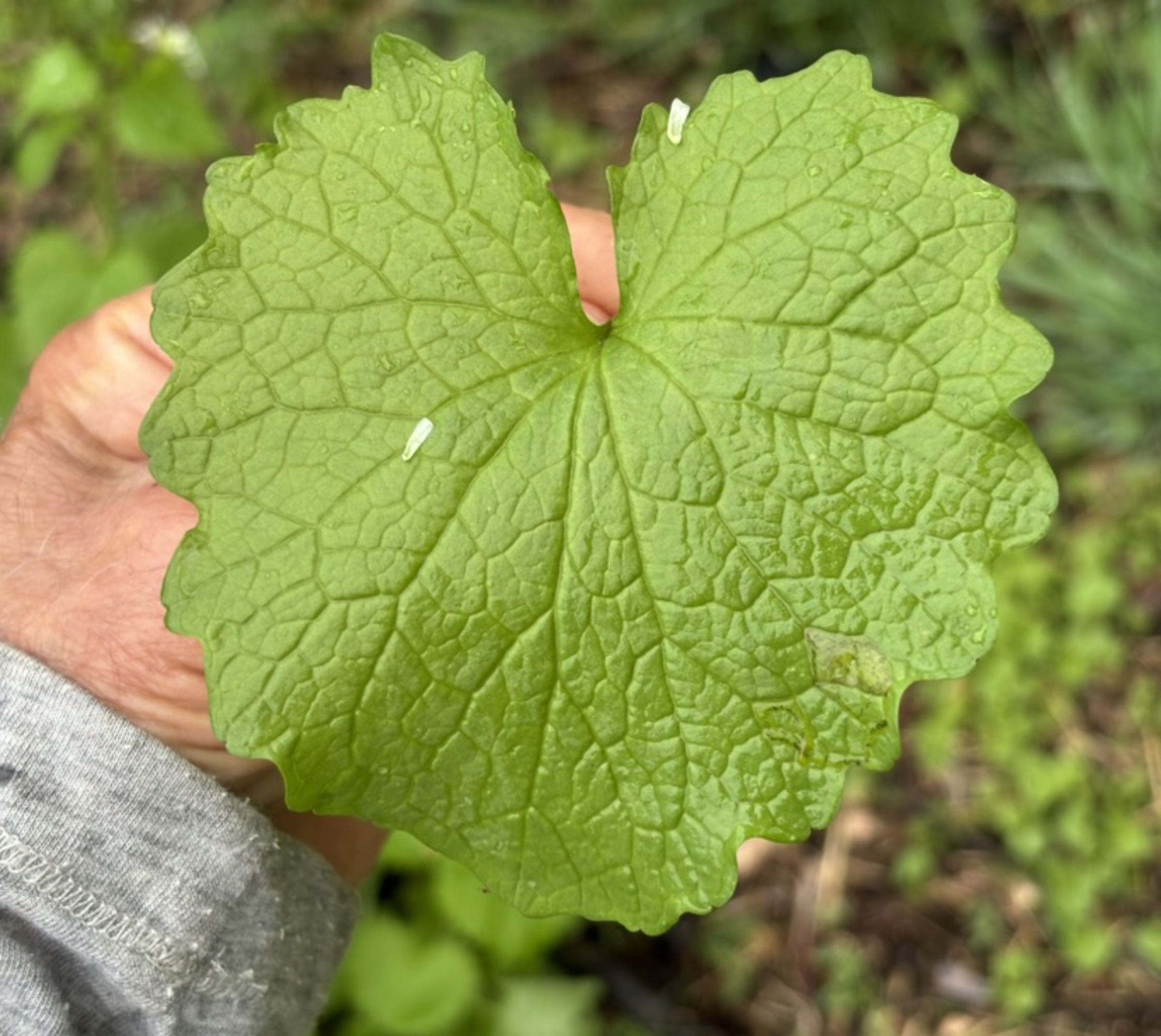 These leaves have teeth at their edges, and their slightly bluish cast further contributes to an ominous undercurrent. In the plants’ second year, four-petalled white flowers open atop stalks rising from the centers of the whorls. That’s it; what more can I say about them? Not pretty. Not ugly.
These leaves have teeth at their edges, and their slightly bluish cast further contributes to an ominous undercurrent. In the plants’ second year, four-petalled white flowers open atop stalks rising from the centers of the whorls. That’s it; what more can I say about them? Not pretty. Not ugly.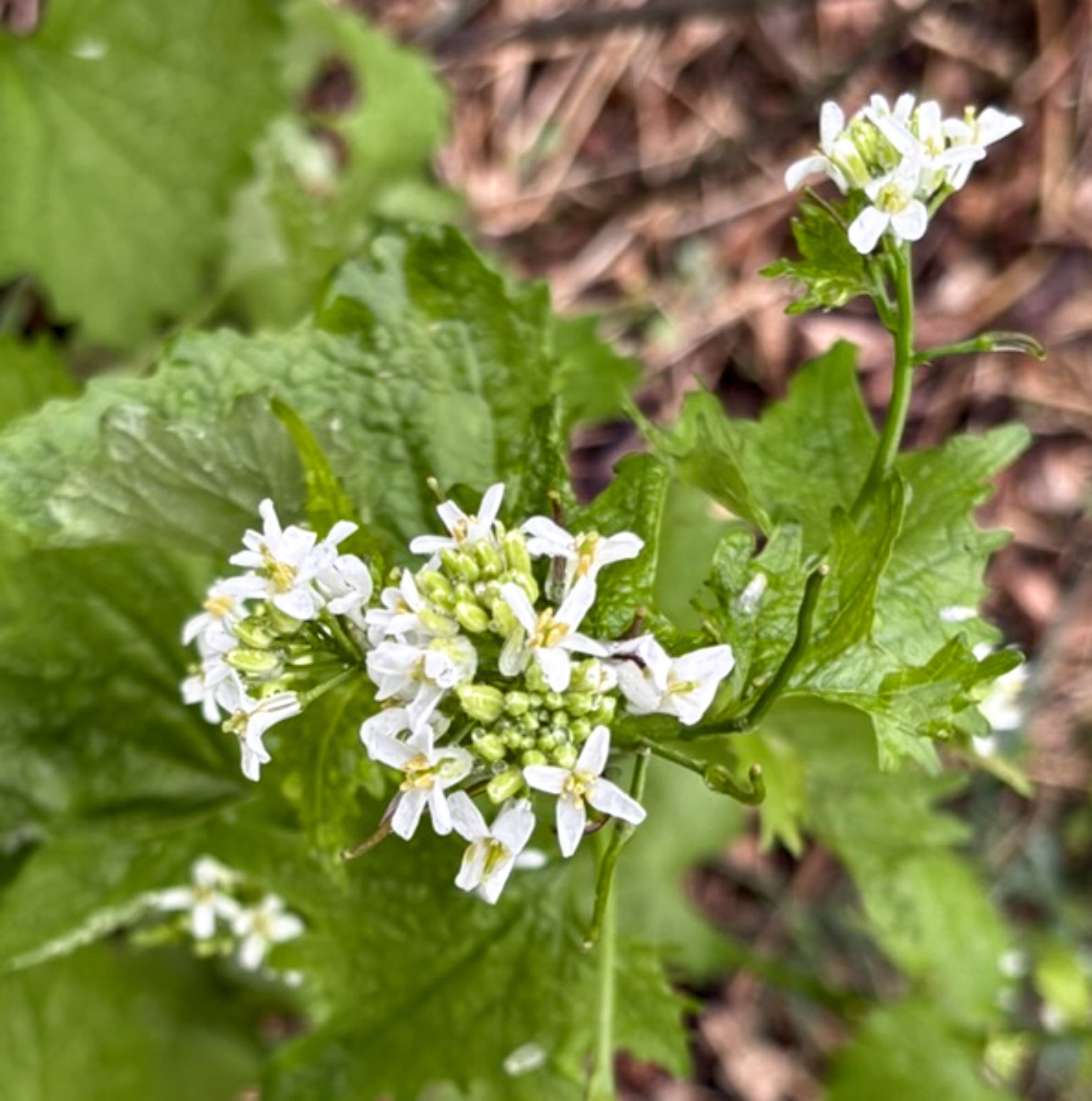
Surprisingly, garlic mustard comes from a very good family. It’s not the garlic family, but the mustard family, which might also be called the cabbage family. This accounts for the bluish cast to the leaves. Its kin includes such delectable edibles as cabbage, kale, bok choy, and cauliflower, as well as such beauties as alyssum, armeria, lunaria, and dame’s rocket. (The last-named is also a weed, but one for which I have developed increasing affection each year. I’ve even moved it into my garden.) Well, every family has its black sheep.
Still Worse
Still, biting or ho-hum flavor and homely appearance are not what turned me increasingly sour towards garlic mustard. What has done so is this plant’s attempts to insinuate itself too pervasively into my life. Since its first appearance here on the farmden, I now see it just about everywhere! And not just in my yard; it’s gallivanting around in nearly everyone’s yard.
This native of Europe, Western Asia, and North Africa was purposely brought to North America in the 1800s because enough people considered it edible and it is, admittedly, nutritious.
The one positive thing I can still say for garlic mustard is that individual plants are easy to weed out. Problem is, there’s just too darn many of them. Each flowering stalk is followed by many capsules (botanically called siliques) containing many seeds. When ripe, siliques split open to drop their seeds to the ground where they are inadvertently picked up by animals and shoes for replanting elsewhere.
The plants thrive in sun or partial shade and can form dense colonies with negative impact on native flora and fauna. Mycorrhizae, that root-fungus symbiosis that improves plant nutrition and pest resistance, for instance. The plant is toxic to some native mammals and caterpillars.
In its native habitat, garlic mustard is controlled naturally by a slew of naturally associated organisms. None of them, unfortunately, have been deemed safe enough to introduce on this side of the Atlantic without further disrupting native ecologies.
Am I Scarred?
I realize I’ve been scarred to the point where I’ve become a bit wary about letting loose my affections on some other wild plants, fearing that these relationships also may some day sour. My relationship with Spanish salsify (Scorzonera hispanica), for example, bears some frightening parallels with my relationship to garlic mustard. Salsify is also a traveler from Europe that has found American soil to its liking, becoming — dare I say it? — a weed in some places.
Thus far I can’t restrain my affection for this interloper, though. Salsify does taste good: the swollen roots cook up to a rich flavor echoing that of mushrooms and oysters. (It’s sometimes called oyster plant.) 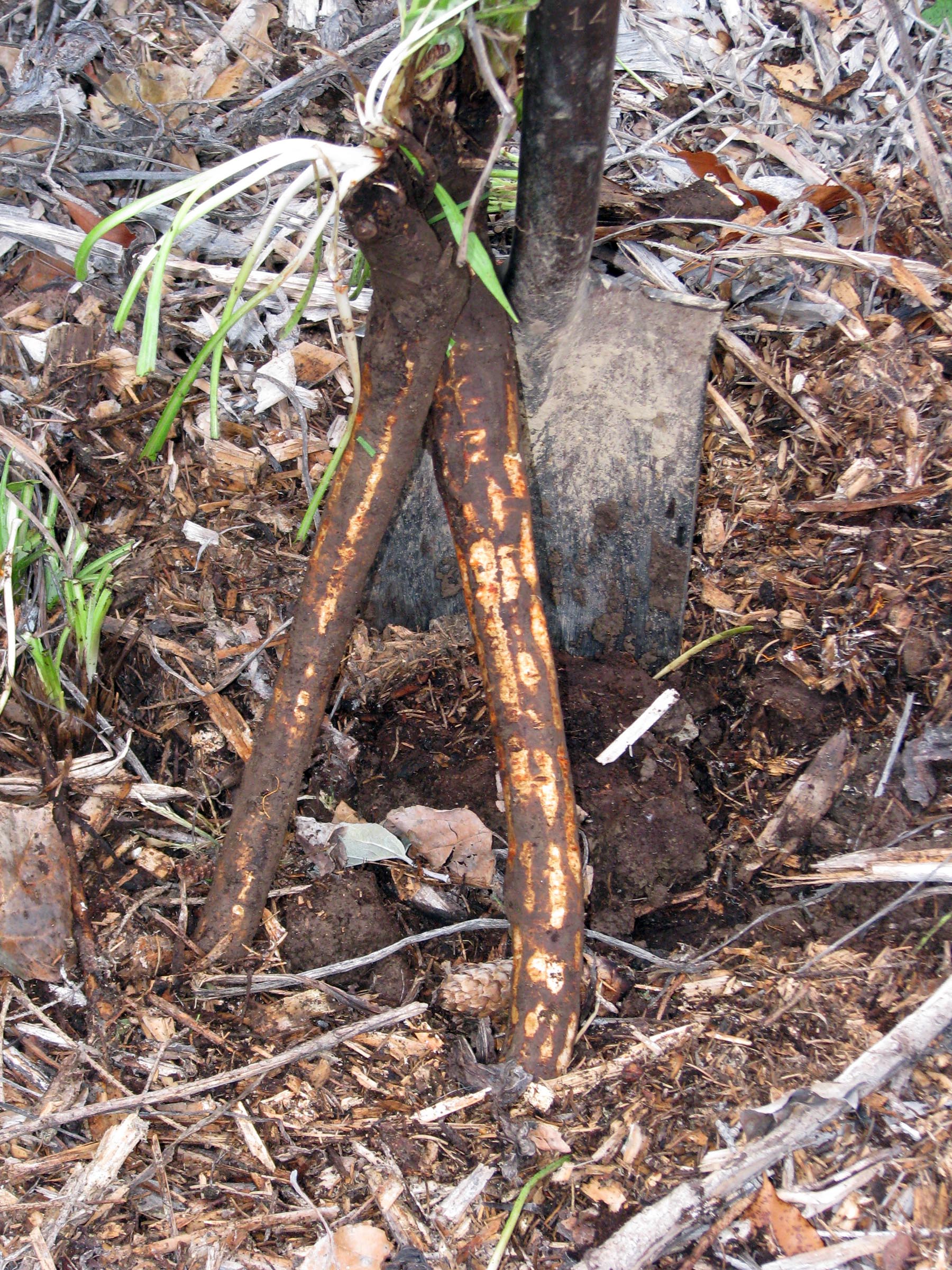 And the plant is truly pretty, its sunny, daisy-like heads opening atop tall stalks.
And the plant is truly pretty, its sunny, daisy-like heads opening atop tall stalks.
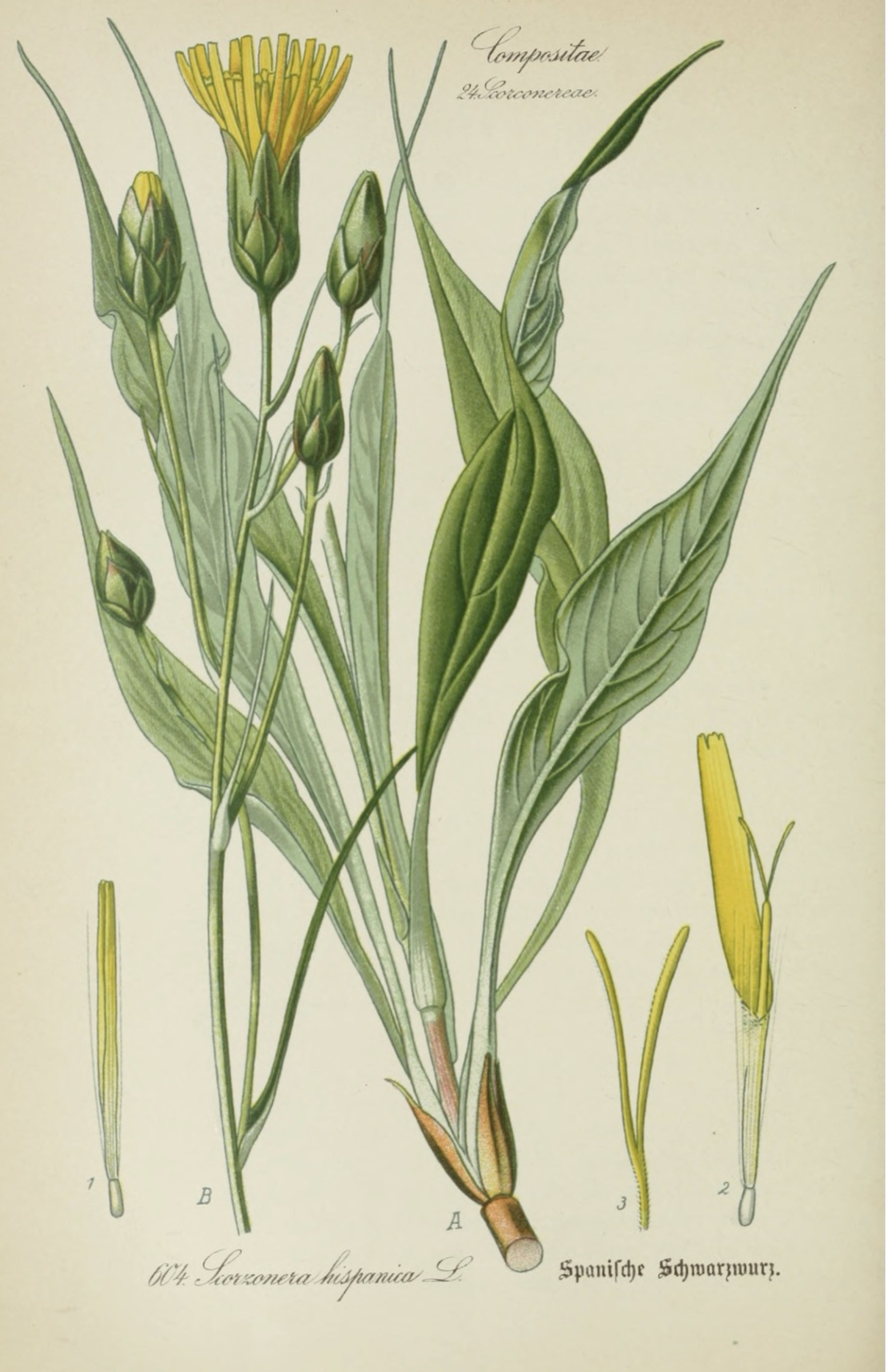
Still, over the years as I weed rougher areas of the garden, I do notice, from time to time, quite a few salsify seedlings popping up through the soil at some distance from the older plants. I think: Is this the beginning of the end — again? And, after many years, I can say with confidence, “No.” So the affection persists.


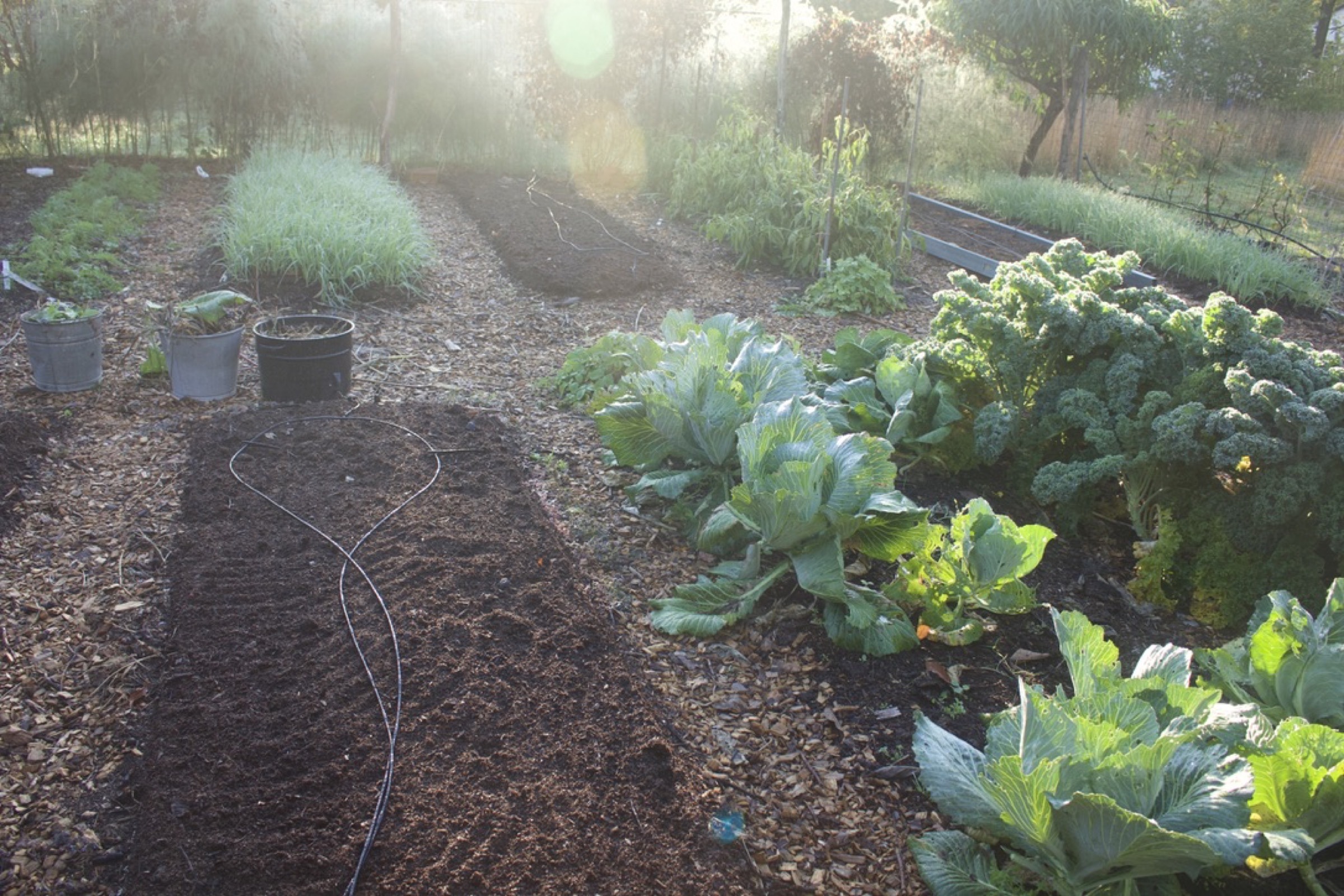
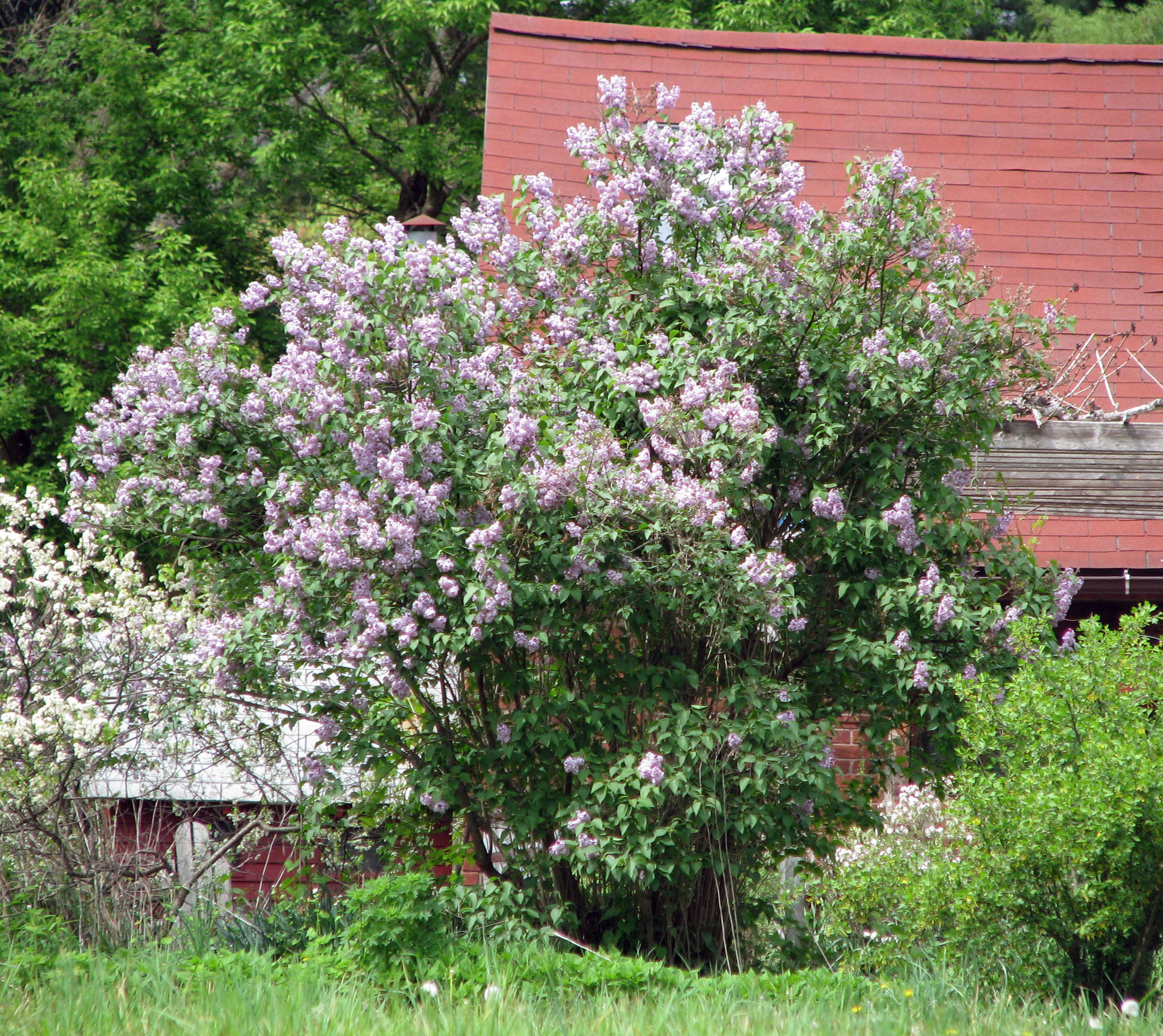
I hate garlic mustard! ‘Tho I have to say, I prefer it to creeping bellflower – At least the garlic mustard is easy to eradicate by pulling.
You mentioned Lunaria – did it establish at your farmden?
It started to get established here years ago and then just disappeared. And hasn’t returned since then.